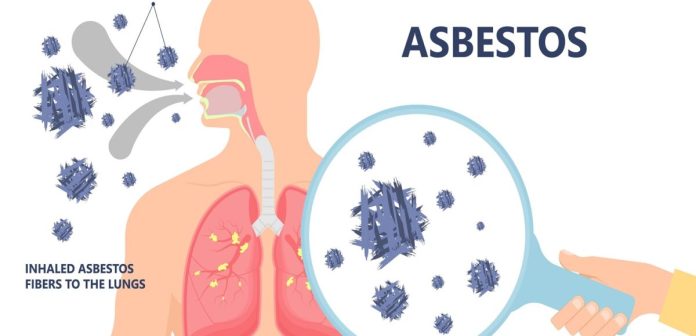While the 4.9 million existing homes sold in 2023 marked the lowest annual tally since 1995, that figure still represents a lot of homebuyers making moves in the real estate space.
Whether buying your first home, upgrading from a starter home, or investing in a rental property, you might be in the market for a property in 2024.
Looking for the right property means focusing on floor plans, the number of bedrooms, the kitchen space, and more. But one thing that should be on your list of things to consider is asbestos. While asbestos was largely banned in the U.S. in 1989, it is still an issue. That’s especially true if you buy a home built before the Environmental Protection Agency (EPA) ban.
Many materials in older homes have asbestos. You’re likely okay if these materials remain undisturbed. But if they’re removed carelessly and release asbestos fibers into the air, anyone in your home can inhale the asbestos fibers. That’s an issue when these fibers get into the lungs.
The most serious health complication is mesothelioma, an aggressive cancer with a high mortality rate. It’s rare for someone to survive more than about a year post-diagnosis. While not something any homebuyer wants to worry about when looking at homes, it’s something you need to know if you plan to buy a home now or in the future.
Keep reading to see three signs the home you’re considering might have an asbestos issue.
- It Was Built Before the Ban on Asbestos Products
One sign the home you’re considering may have an asbestos issue is if the home was constructed before 1989. The EPA banned most forms of asbestos in 1989. A complete ban was rolled out more recently. So, if you’re looking at an older home, it might contain materials with asbestos. That doesn’t mean you should cross such a home off your shortlist. But you should exercise caution. Find a professional to check whether the home has asbestos.
It’s vital to know that materials with asbestos will only be a problem if they’re disturbed. If you do a home improvement project and improperly handle materials with asbestos, the fibers can become airborne and become a severe health issue.
- It Has Vermiculite Insulation
Another sign a home you’re considering might have asbestos is if it has vermiculite insulation. This sort of insulation was common up to the early 1990s as it was popular for its fire-resistant and odorless features. The problem with vermiculite insulation, however, is that it may have asbestos. So, vermiculite insulation is a red flag to follow up on.
Depending on what your realtor can dig up, you might find out what type of insulation was used. Otherwise, you might want to place a conditional offer so that your bid is contingent on the insulation being tested with a finding that the insulation doesn’t contain asbestos.
- It Has Corrugated Roofing
Another sign a home you’re interested in might have asbestos is if it has a corrugated roofing system. While perhaps not as much of a problem as asbestos inside a house, asbestos in roofing material isn’t something to take lightly. Corrugated roofing material could have asbestos fibers that can present a health risk. Its being outside is better than material with asbestos being indoors. But that doesn’t eliminate the risks. Most roofing systems will break down over time, which can cause issues if portions break free and adversely impact the well-being of others.
Buying a home is exciting, whether getting your first home, selling a home and moving elsewhere, or pursuing an investment property to enjoy rental income. But when looking for the right property, don’t forget to assess asbestos risks to avoid the associated problems.
















